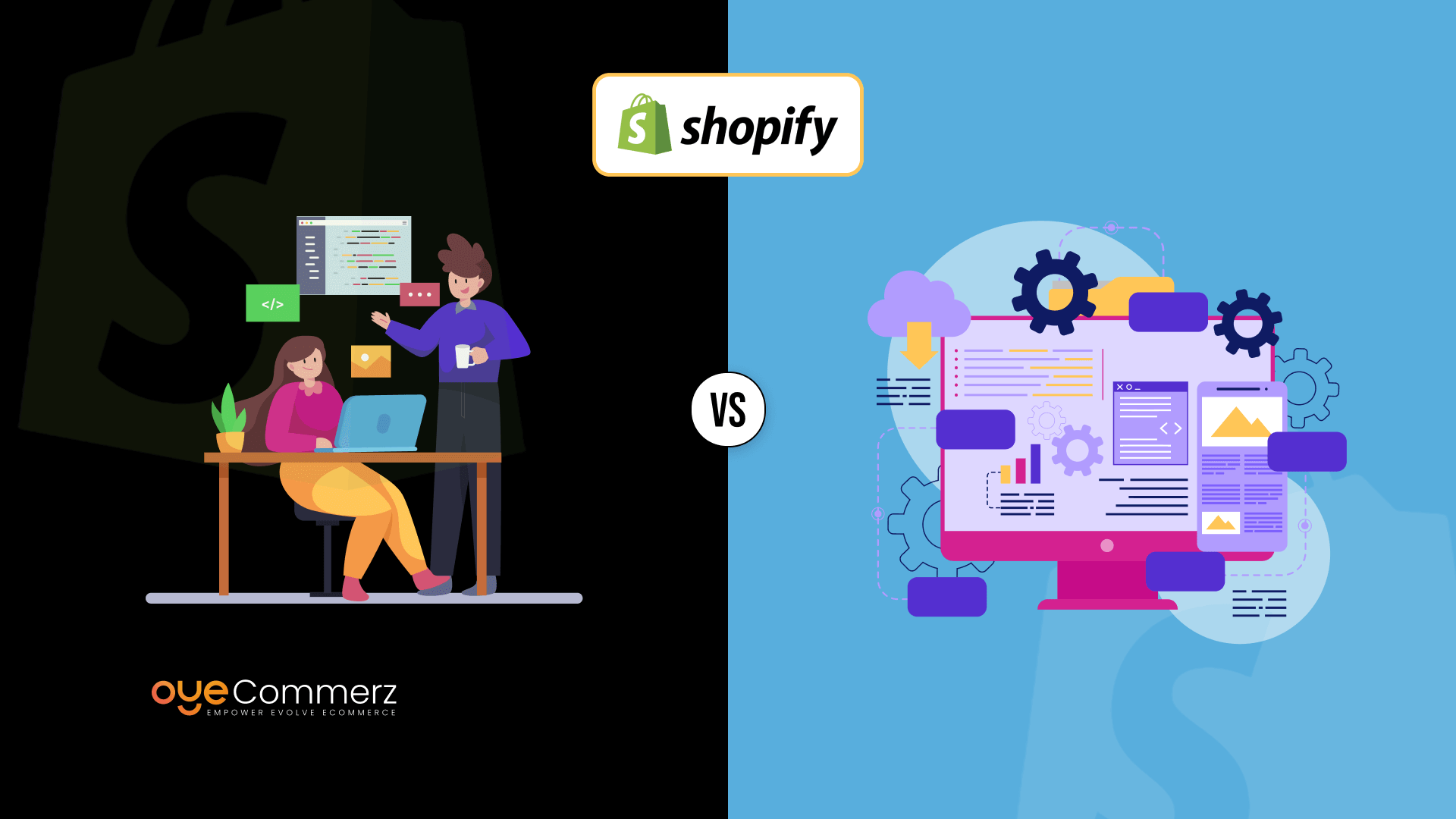
Overview
In this intense e-commerce environment, Shopify merchants are continually looking for ways to maximize sales and optimize their operations. A highly effective approach is through tailored Shopify apps customized to address unique business needs. Integrating with the Shopify API and leveraging tools like the Polaris design system, these apps empower organizations to expand effectively while improving customer experience. In this post, we’ll discuss key aspects of Shopify app-building, from design considerations and essential features to effective methods for supporting and expanding app capabilities efficiently.
1. Grasping Shopify API Connection
A solid knowledge of Shopify’s Application Programming Interface—including REST and GraphQL—is foundational for developing reliable Shopify apps. With these APIs, developers can access, modify, and handle data within a Shopify site. The Graph Query Language interface provides fast information processing, enabling faster outputs by retrieving only the essential data. Linking to the API enables programmers to tailor app capabilities to the company’s specific demands, offering a smooth user experience that boosts operational effectiveness and sales.
2. Employing the Shopify’s Polaris framework
Shopify’s Polaris framework helps programmers to create a unified and intuitive experience across Shopify applications. Polaris provides a suite of building blocks and best practices that complement Shopify’s visual standards, ensuring apps appear native within the Shopify interface. This approach goes beyond aids smooth customer touchpoints but also contributes to preserve brand consistency, an important aspect in building credibility with users.
3. Creating within the Shopify App Ecosystem
The Shopify app ecosystem is extensive, enabling app creators to build integrated Shopify applications that work within a shop's control interface. Embedded apps streamline the customer journey by linking directly within Shopify’s platform, eliminating the necessity for additional authentication or further browsing. For programmers, leveraging Node.js for backend processes and React for the UI has become a popular option, as these frameworks allow scalable, adaptive apps that deliver an top-notch interface.
4. Core Elements for Shopify Applications
A effective Shopify application needs capabilities that tackle important pain points in the digital sales process. Webhooks for instant updates, bespoke design customization options, and multi-platform sales options are essential elements that can enhance operational control and customer experience. By adding these features, Shopify apps don’t just optimize custom Shopify apps in-house tasks but also boost the overall customer experience.
5. Best Practices for Application Building
When building Shopify applications, it’s important to maintain optimal techniques. App maintenance strategies such as regular updates, user assistance, and safety measures are vital for maintaining customer loyalty. Online visibility strategies for Shopify applications can also be utilized to boost app exposure and user base. Interaction boosters, like prompt messages and incentive plans, are key for maintaining a user base and creating a devoted following.
6. Growing Shopify Applications for Growth
As Shopify shops expand, expanding app capabilities becomes essential to accommodate increased traffic and functionality demands. Leveraging on-demand resources and prioritizing information processing through Graph Query Language can enable apps scale without performance issues. It’s just as crucial to have a roadmap for expanding the app’s framework to support growth, that involves a guide for selecting a app builder with experience in Shopify applications.
7. Examining the Expense of Developing Shopify Apps
Creating personalized Shopify apps can vary significantly in investment depending on the functions, integrations, and customization necessary. Key elements like API Oyecommerz Shopify app builders integrations, client-facing features, and promotional features can increase expenses. However, the return on investment (ROI) is often valuable, as these apps can significantly improve sales and optimize business processes.
8. Upkeep Approaches
Keeping apps updated is as important as initially building it. Frequent patches to address issues, boost safety, and ensure compatibility with the new Shopify versions are key. Planned support measures also involve customer support and additional improvements that align with the digital retail landscape.
9. Resources for Developing Shopify Applications
Shopify offers a variety of resources to simplify the app-building journey, from app development frameworks like JavaScript runtime and React.js framework to Webhooks for immediate changes. Resources such as Shopify’s CLI enhance the coding process, while Shopify App Bridge facilitates embedded apps to connect easily with Shopify’s admin interface. Such tools are key for creating apps that are both effective and user-friendly.
10. Emerging Trends in Shopify App Creation
The future of Shopify app creation is bright, with innovations heading in the direction of AI-powered features, improved cross-channel functionality, and improved app extension options. As digital retail develops further, developers will be required to anticipate new directions to build apps that not only satisfy but outperform user expectations.
Conclusion
Tailored applications for Shopify give a strategic way for digital retailers to scale efficiently, boost sales, and optimize processes. From connecting with data interfaces and the design standards to core elements and maintenance strategies, every component of Shopify application building plays a key role in delivering a user-friendly experience for users. As Shopify continues to innovate, anticipating emerging directions in software building will allow organizations make the most of Shopify’s powerful ecosystem, solidifying their place in the digital retail industry.